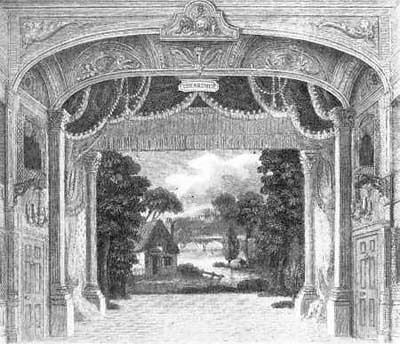So read the sheet music on the white upright piano in the gymnasium of the State-owned office building in which our 6th-grade phys. ed. classes convened after our junior high’s own gym, a subterranean former swimming pool cast in uncompromising concrete, was deemed unfit for athletic use, and this title guided the synaesthetic content of my imaginings as Eden, a new girl tagged immediately for social punishment by a peer group whose ethos of cynicism and emotional opacity could not brook her context-independent and dentally perspicuous grin, omnidirectional enthusiasm, hyper-clearly enunciated speech, frequently advertised love of horses, or name, who, in spite of a tall and nimble frame that probably scored <10% on our gym-class’s annual caliper-intensive body-fat exam and a natural gymnastic knack gleefully displayed in cartwheels and flips and a general unceasing kinestheticism and readiness to dance, was athletically speaking a bit of what sidelined youth soccer parents called a “flower-picker,” and who spent as much gym-class time as possible at the piano bench, plucked out the slow-motion backflipping arpeggios of what was actually “Für Elise,” played not from the sheet music but memory, and to these undulating cascades I imagined fly-bys of polar wastes, receding multichambered caves whose icicle stalagmites and –tites lit and pulsed rainbow-spectrally, stacks of cubes recombining sympathetically in translucent, Q-Bert-like geometries, rotating haunted celestial cities, and ice turrets with banners flapping more or less in the same fashion as the banners Eden, who aspired to being class artist and according to our 8th-grade yearbook’s surveys was, had taught us how to represent as a stylized terrace of squares.
